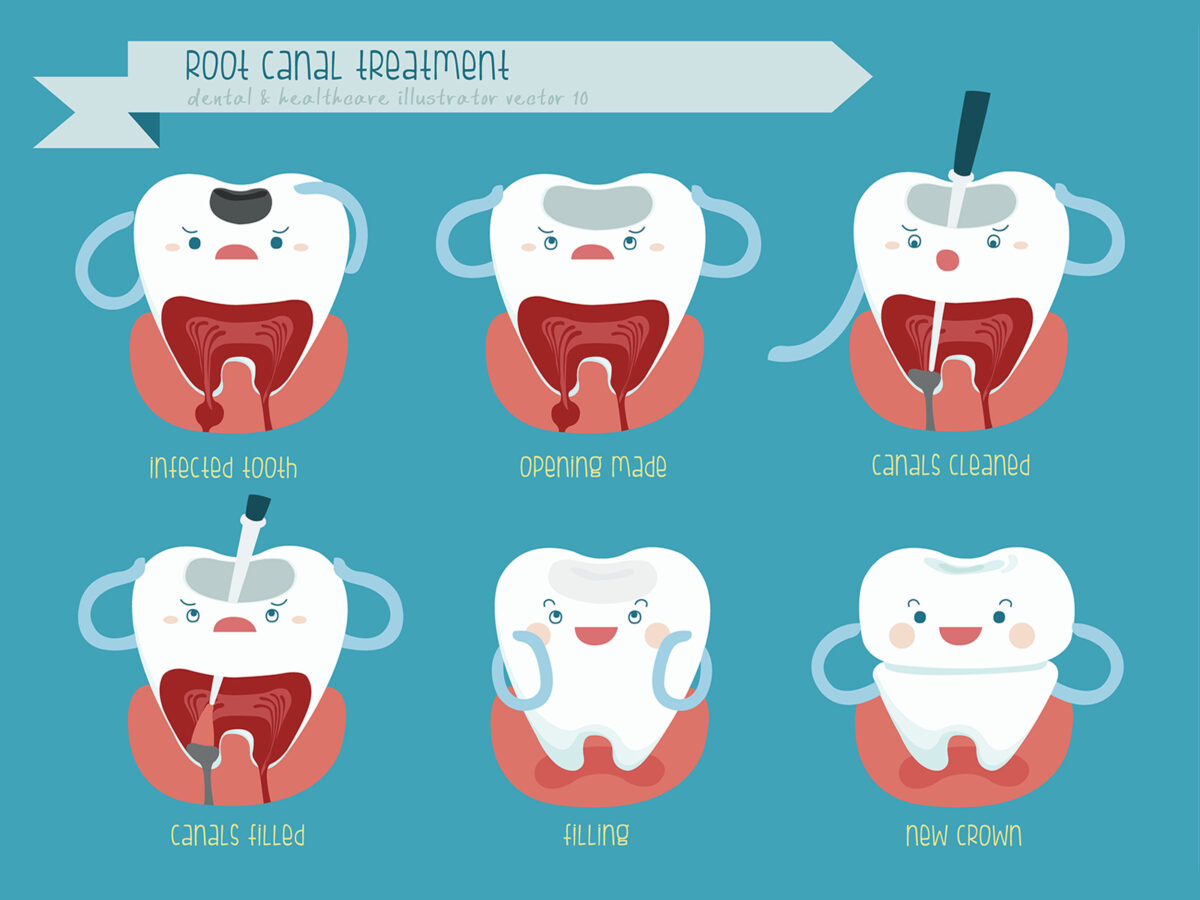Blog
Dental hygiene tips for healthy teeth & gums

Deciding Between a Root Canal and Removing Your Tooth
Tooth problems are really painful and are among one of those common issues that no one can deny. Meanwhile, tooth decay is a frequent dental issue that is usually caused by infections and poor oral hygiene. Because every tooth has a soft cavity in the center, it is susceptible to infection. The severe pain when you touch that sore tooth with your tongue or food, the deep discomfort in the mouth, and the trouble chewing are some of the severe inconveniences faced during dental infections. This not only causes pain and suffering, but it can also harm one’s beauty and smile.
It is really painful when the pain comes from a dead tooth or an infection deep in the gums and roots of a tooth. The fix for the dental problem may not be pleasant, and it may take some time to get everything in order. If an infected tooth is one of your wisdom teeth, extractions are usually recommended, while root canals are often suggested for the other teeth. When a tooth is severely decayed and infected, you must choose between a root canal and an extraction. Either method can help you get rid of the illness and any pain due to tooth decay or infection.
What is the Root Canal?
The process begins with an X-ray examination of the patient’s mouth. This aids in determining the severity of the infection as well as the number of infected teeth. The problematic tooth and the neighboring teeth are then covered with a piece of rubber or vinyl. To expose the tooth to be treated, a hole is created in the rubber or vinyl covering. This is done to keep the illness from spreading to other parts of the body.
A hole is then drilled in the afflicted tooth to reach the diseased pulp beneath the enamel. With the use of sophisticated instruments, your dentist will remove the pulp as well as any dead tissues. To protect the area, the dentist will clean it and apply antiseptic and antibacterial remedies. Root canal fillings are then used to treat the canal walls and the hole (a thermoplastic material).
Root canal therapy can be a painful experience. In fact, many people find it more excruciating than an extraction, but topical anesthesia can help alleviate the pain.
What is tooth extraction?
You’ll be anesthetized throughout the tooth extraction procedure, and the dentist will use a special tool to extract the infected tooth. The anesthesia numbs the damaged area, so you don’t feel any pain when the tooth is being pulled and pried. Although, after the anesthetic wears off, you may experience pain.
Which treatment is better?
For the majority of people, a root canal is the better alternative. A root canal has a higher success rate than a tooth extraction because the technique has few to no long-term consequences. However, in some circumstances, tooth extraction is the only solution. Both treatments have their own pros and cons, so your decision will be based on your general oral history and technique choice.
Book Appointment to find out which treatment might be best for you.


